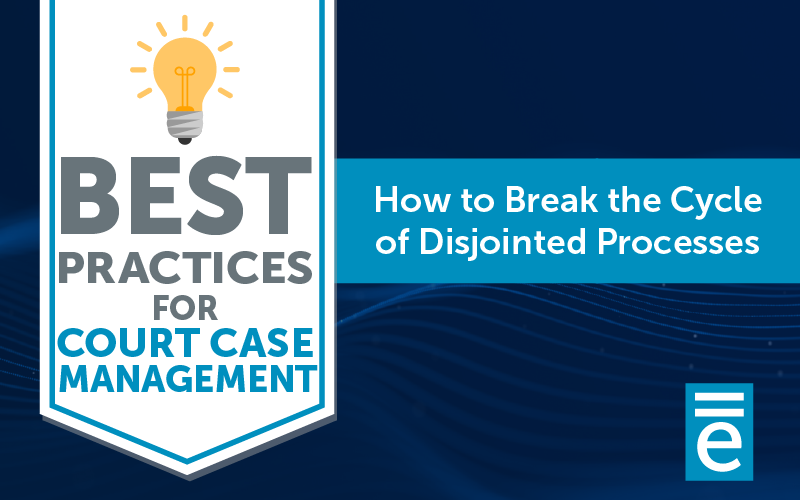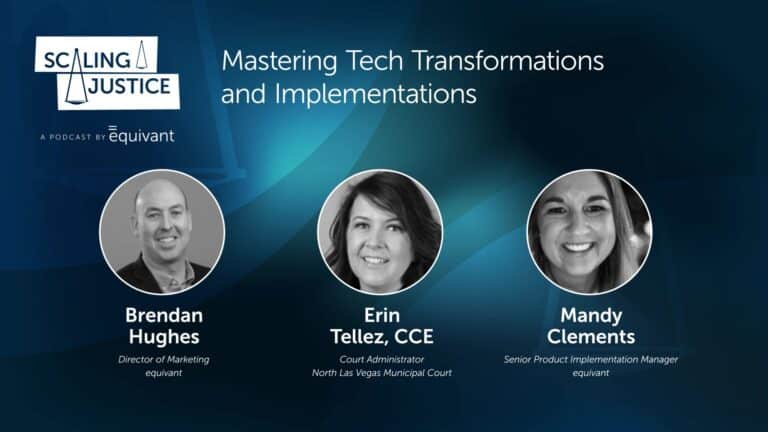Your processes are complex. They’re specially designed to meet the unique needs of your community. And they’re highly dependent on each person executing their role quickly and seamlessly.
Best Practice: When designing or refining processes, take time to focus on each specific role and what it entails.
If even one role in the process is cumbersome, counterintuitive, or based on a legacy process/situation that no longer exists, your entire system suffers.
When evaluating each role in a process, consider the following:
- What is the core function? What does this role DO that no other role does?
- What information does this individual need to perform that function?
- What information does this individual need to provide to others?
- Where does this role sit in the overall process? What comes before it? What comes after it?
- What is most likely to derail this role’s core function?
Once your team has thought through the different roles involved in a process, here’s how you can work to maximize the efficiency of each one:
- Configure your tool. You know what information each role needs. You know what needs to be accomplished. Set up your case management tool to allow the person performing each role to hone in on what’s important, consume information quickly, and complete repetitive or one-off tasks to ensure the right information is moved along to the next step in the process. Make sure the layout, fields, labels, etc., that each person sees are relevant and in the right place for them to move quickly through their tasks. If you’re working with JWorks, we’ll help you get set up and adjust as needed, and if you’re using another tool, talk to your IT team about whether configuration is possible.
- Remove bottlenecks. Once you’ve assessed what’s most likely to derail each role from completing its function, put preventative measures and workarounds in place. This is another spot where your case management tool may be able to assist. For example, if you know Document X rarely comes in on time because of Reason Y, but Role Z needs to be able to keep the process moving without it, make sure the “rules” you establish in your tool don’t prevent Z from overriding the process and moving things forward.
- Allow for personal flexibility. While a straight systems view focuses on processes and roles, the reality is that you have people in these roles, and they have needs, wants, and preferences. There’s no reason to shoehorn your operations into a framework that doesn’t fit your team, and there’s no reason to ask your team members to “just deal with” the processes in place. Make sure your case management tool can adapt to personalization and accommodate individual needs to help your team work as efficiently and effectively as possible.
Video Example: Configurability in equivant JWorks
Part 1 of equivant’s Best Practices Series
Whether you’re establishing new processes, refining existing ones, or embarking on a complete overhaul, we can help. Our team of experts has 30+ years of experience working with offices like yours, and we’d love to show you what JWorks can do for you. Contact us today for a free demo.





